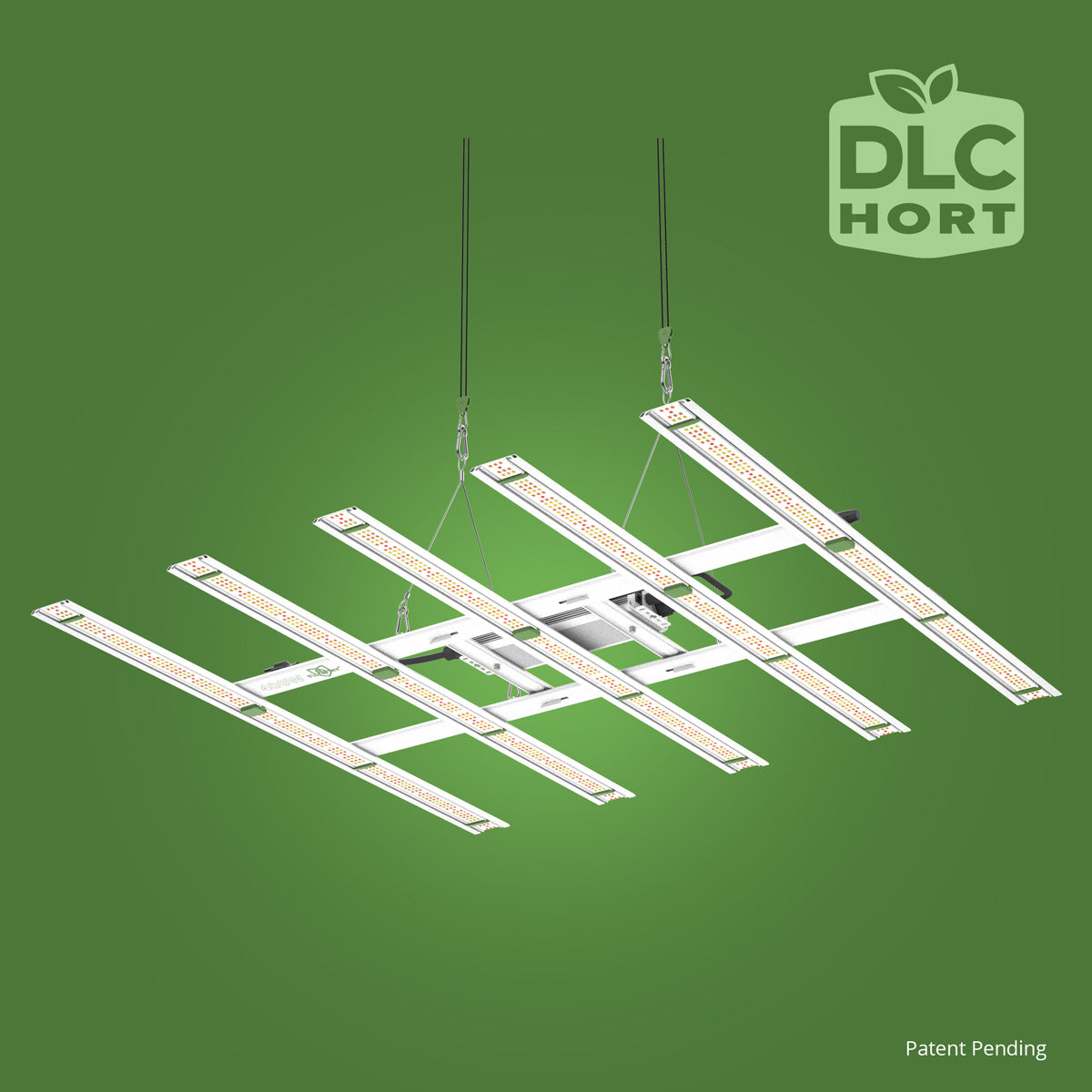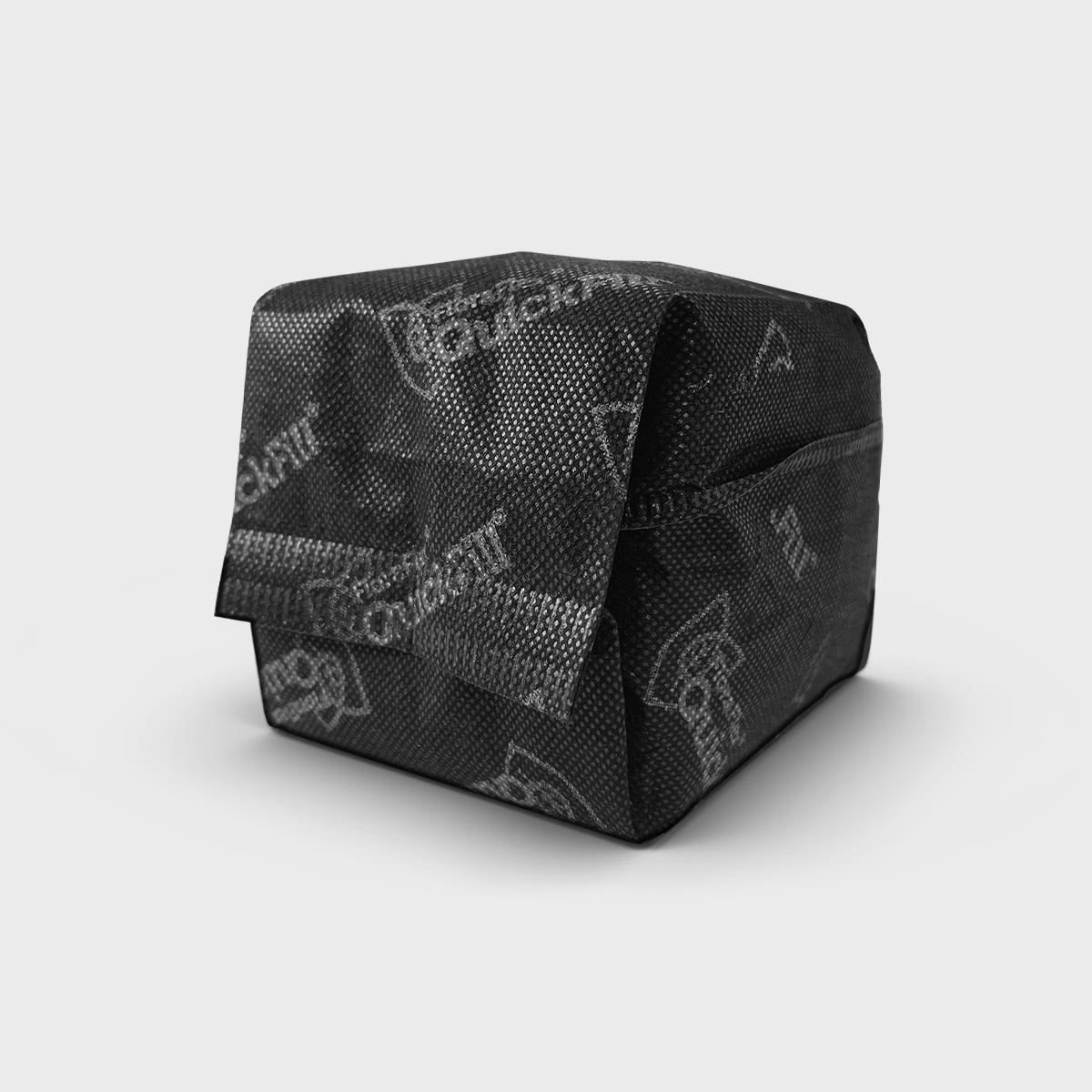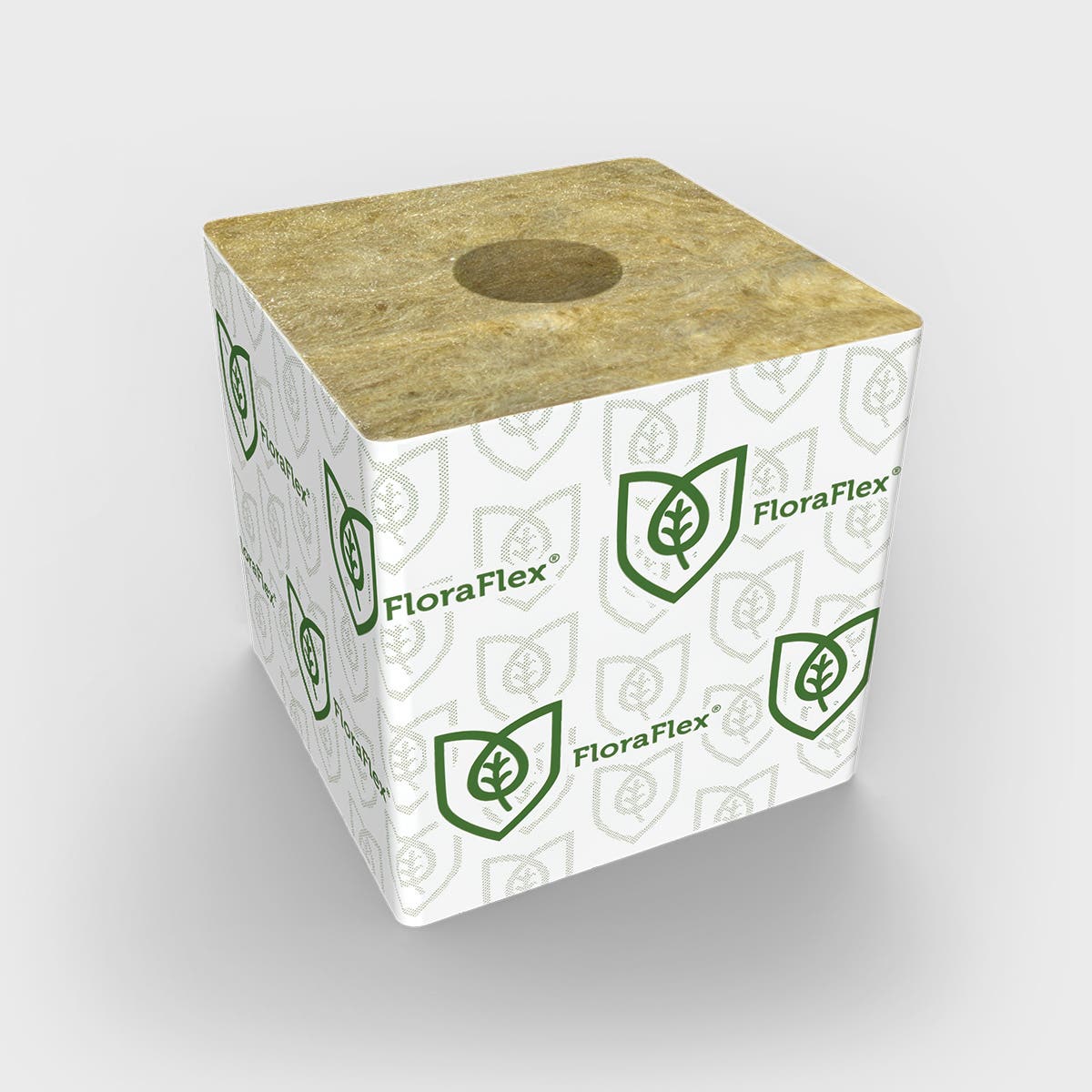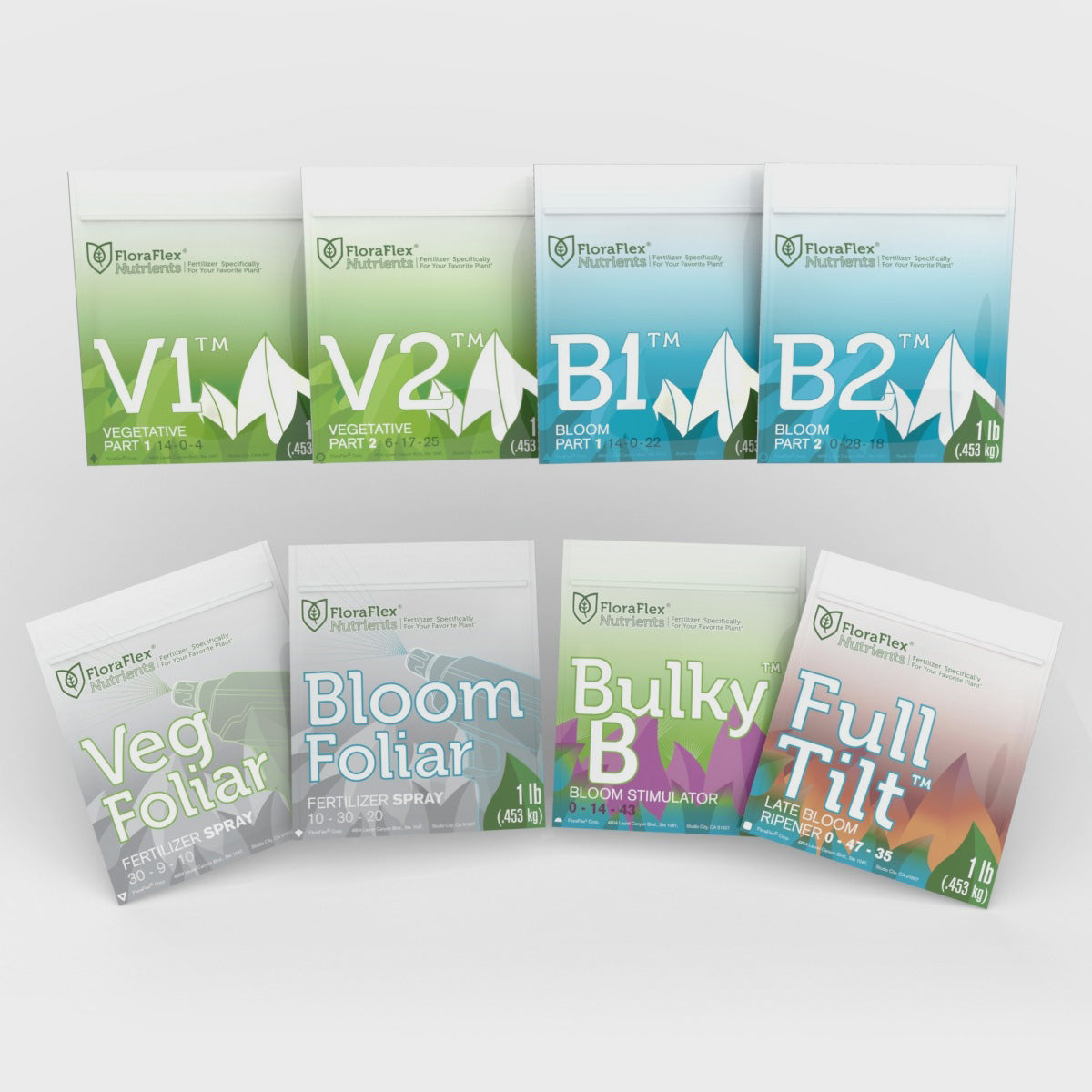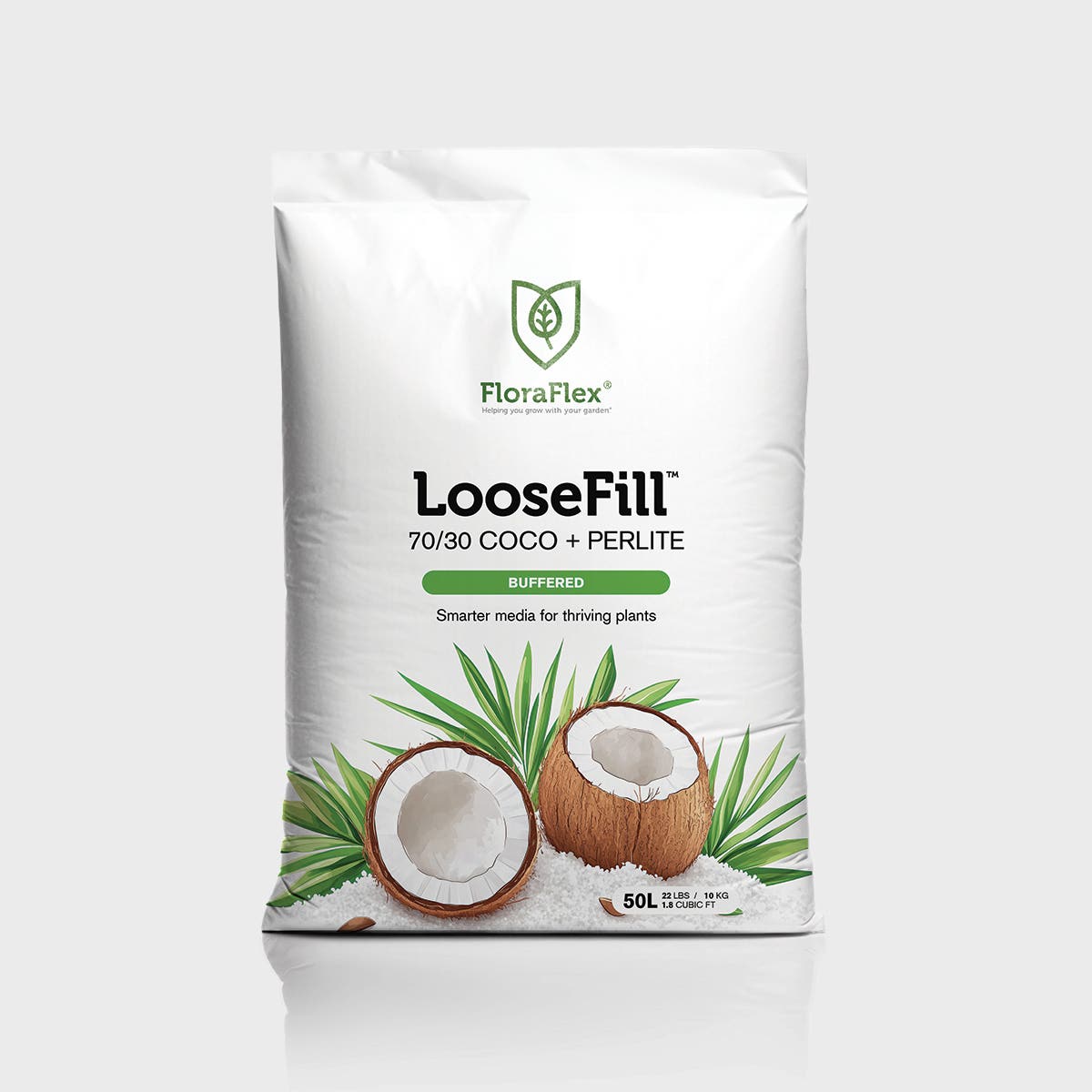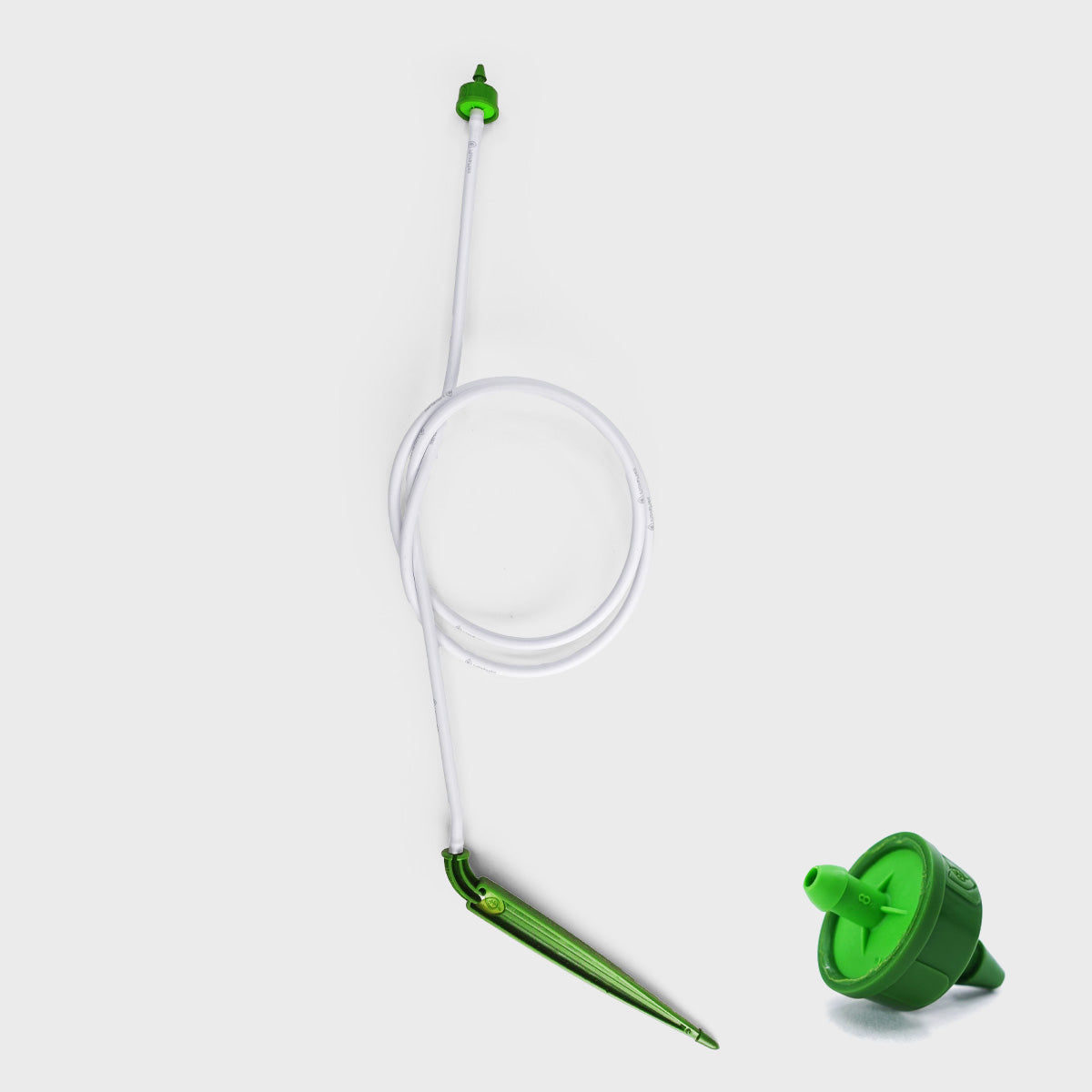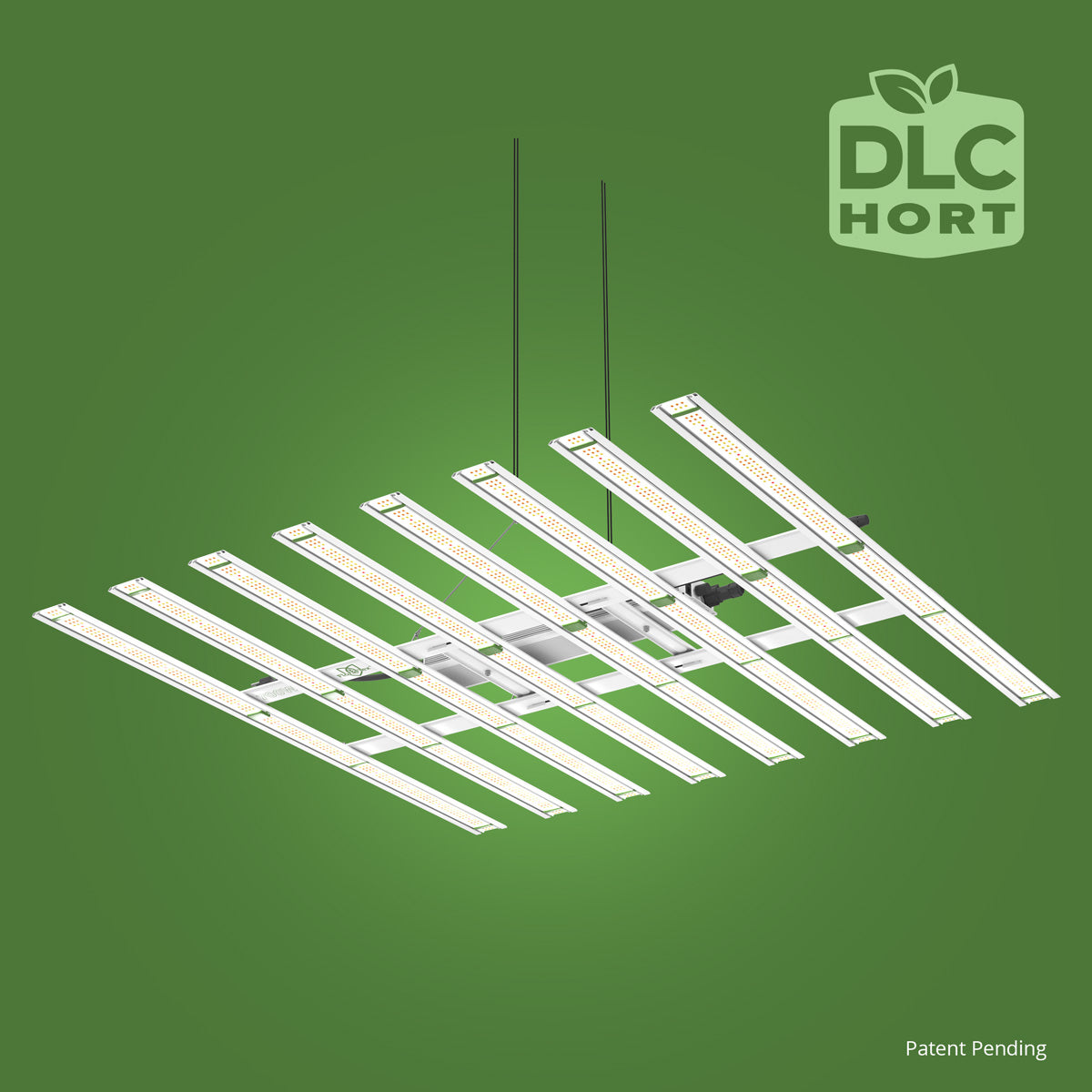Drying Racks: Sturdy and Versatile
Drying racks consist of a series of horizontal shelves or trays that provide a flat surface for placing harvested cannabis buds. Here are some of the pros and cons of using drying racks:
Pros:
-
Sturdiness: Drying racks are generally sturdy and can support the weight of multiple cannabis buds without sagging or compromising the structure.
-
Air Circulation: The open design of drying racks allows for ample air circulation around the buds, promoting even drying and reducing the risk of mold or mildew formation.
-
Versatility: Drying racks come in various sizes and configurations, making them adaptable to different drying spaces and allowing growers to customize the setup based on their needs.
Cons:
-
Space Requirement: Drying racks can occupy more space compared to other drying methods, especially if drying large quantities of cannabis. Adequate space and proper ventilation are crucial to ensure efficient drying.
-
Limited Bud Capacity: Depending on the size of the drying rack, it may have a limited capacity for holding cannabis buds. This can be a disadvantage when drying a significant harvest that requires larger drying surfaces.
Drying Nets: Efficient and Space-Saving
Drying nets, also known as hanging nets or mesh nets, are suspended structures with mesh compartments for hanging cannabis buds. Let's examine the pros and cons of using drying nets:
Pros:
-
Space-Saving: Drying nets are designed to hang vertically, which makes them ideal for maximizing vertical space. They are particularly advantageous for growers with limited drying space.
-
Uniform Drying: The suspended nature of drying nets allows for excellent airflow around the buds, promoting uniform drying and minimizing the risk of moisture pockets or uneven drying.
-
Ease of Use: Hanging cannabis buds in drying nets is a straightforward process. The nets often come with clips or hooks for easy attachment and detachment of buds.
Cons:
-
Stability: Compared to drying racks, drying nets may have less stability, especially when overloaded with heavy buds. Ensuring proper support and balance is crucial to prevent sagging or potential damage to the buds.
-
Limited Surface Area: Drying nets typically offer a smaller surface area for drying compared to drying racks. This can be a disadvantage when handling large quantities of cannabis or if the buds need more space for optimal drying.
Choosing the Right Drying Tool
Selecting the appropriate drying tool ultimately depends on individual preferences, available space, and the size of the cannabis harvest. Here are a few considerations to guide your decision:
-
Space Availability: Evaluate the space you have for drying and choose a tool that fits within the available area. If space is limited, drying nets may be more suitable due to their vertical hanging design.
-
Bud Quantity: Consider the size of your cannabis harvest. Drying racks may be preferred if you have a large quantity of buds, as they offer more surface area for spreading them out.
-
Air Circulation: Both drying racks and drying nets provide decent air circulation, but ensure that whichever option you choose allows for adequate airflow around the buds to prevent mold or mildew formation.
-
Grower Preference: Ultimately, personal preference plays a role. Some growers prefer the sturdiness and versatility of drying racks, while others appreciate the space-saving nature of drying nets.
Both drying racks and drying nets offer their own set of advantages and considerations when it comes to drying cannabis. Drying racks provide sturdiness and versatility, while drying nets excel in space-saving and uniform drying. By evaluating your available space, bud quantity, air circulation needs, and personal preferences, you can make an informed decision on which drying tool best suits your specific requirements. Proper drying techniques and tools contribute significantly to achieving high-quality, well-dried cannabis that can be stored and enjoyed effectively.

